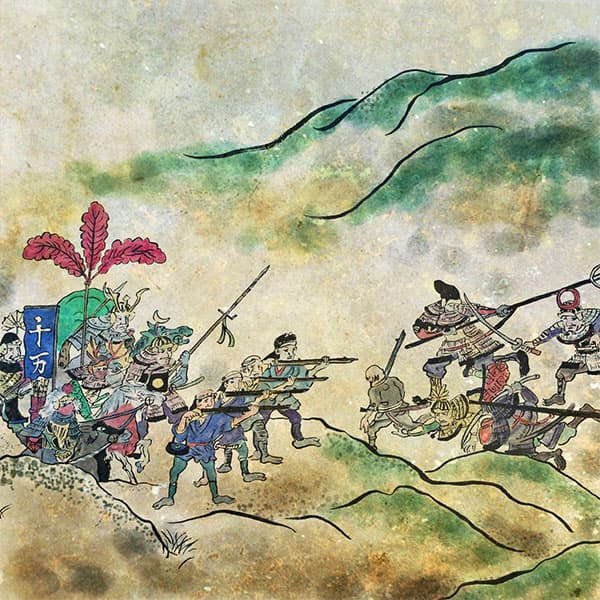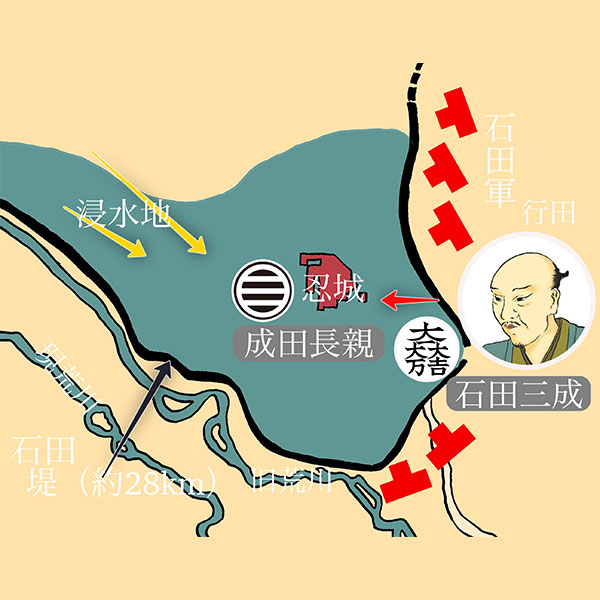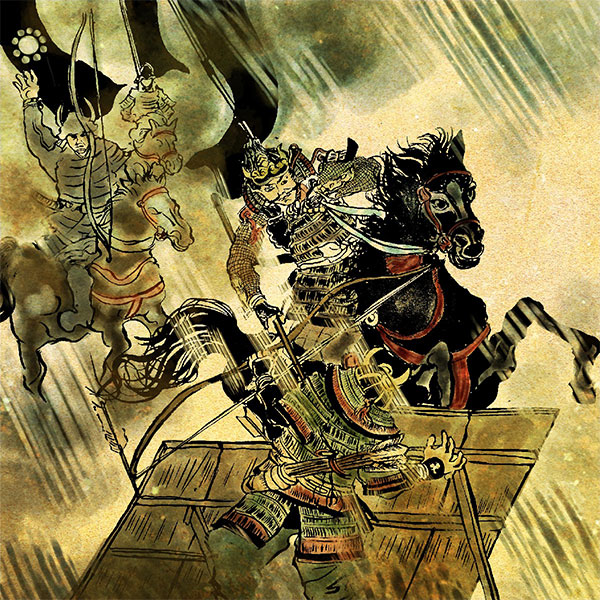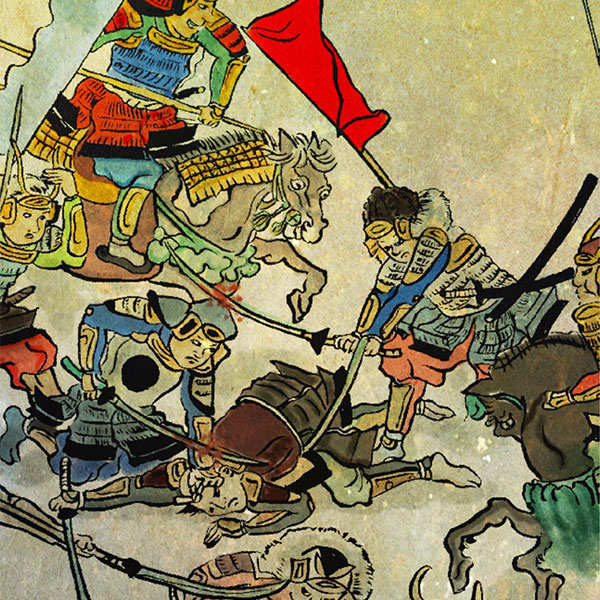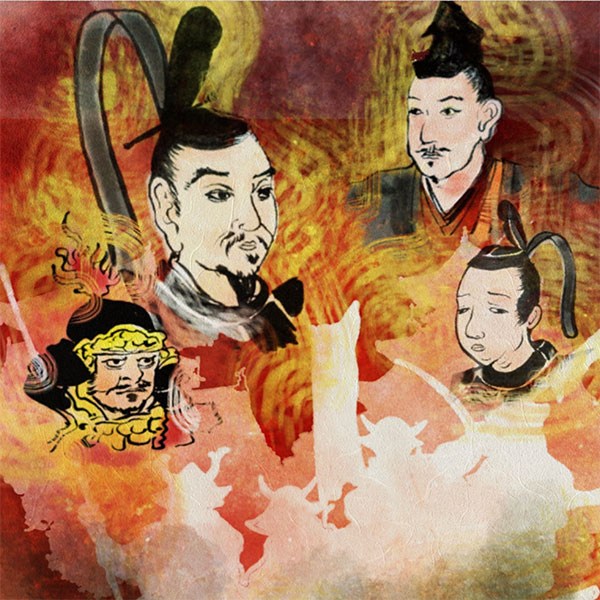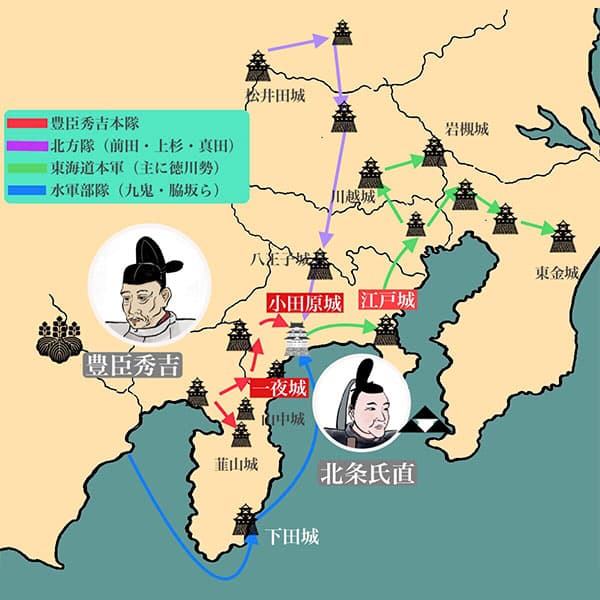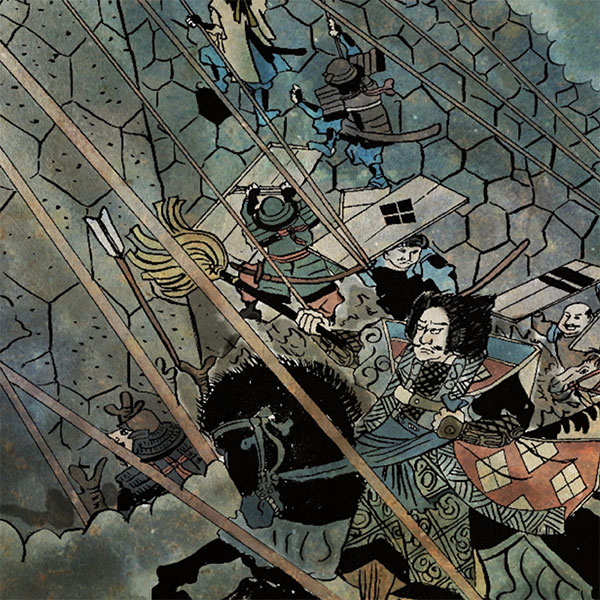Kagekatsu Uesugi (1/2)A righteous Hokuriku man
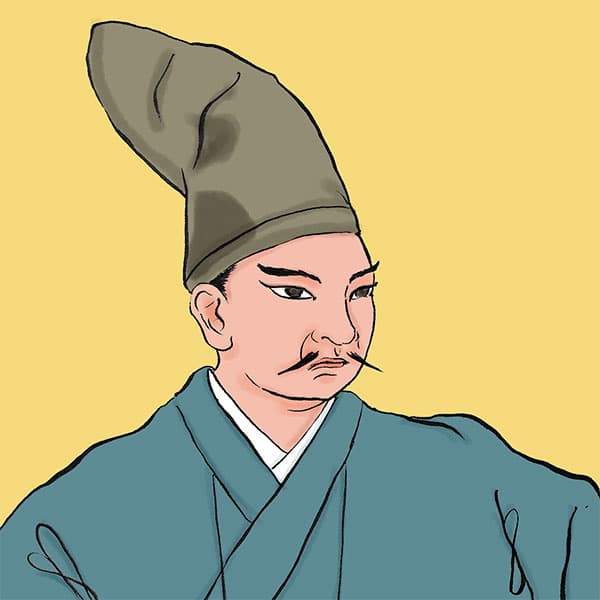
Kagekatsu Uesugi
- Article category
- biography
- name
- Uesugi Kagekatsu (1556-1623)
- place of birth
- Niigata Prefecture
- Related castles, temples and shrines

Yonezawa Castle

Tsuruga Castle
- related incident
During the Sengoku period, Uesugi Kenshin, the ``Dragon of Echigo,'' opposed Takeda Shingen, who was feared by those around him as the ``Tiger of Kai.'' After Kenshin passed away, Kagekatsu Uesugi led the Uesugi family. Kagekatsu fought alongside Ishida Mitsunari against Tokugawa Ieyasu at the Battle of Sekigahara. After the Battle of Sekigahara, he brought together the Uesugi clan of the Yonezawa clan and laid the foundation for the Yonezawa clan, which lasted until the Meiji era. Today, let's take a look at Kagekatsu Uesugi, who built up the Yonezawa clan in opposition to Ieyasu.
Birth of Kagekatsu and the Nagao family
Kagekatsu Uesugi was born in 1556 as the second son of Masakage Nagao of the Ueda Nagao family in Uonuma District, Echigo Province (present-day Minamiuonuma City, Niigata Prefecture). The Ueda Nagao clan was a branch of the Nagao family, the governor of Echigo Province, and his mother was Sentoin, the older sister of Nagao Kagetora (later Uesugi Kenshin).
Since his older brother died young, he was seen as the successor, but in 1564, when Kagekatsu was 8 years old, his father, Masakage Nagao, drowned in Nojiri Pond near Sakado Castle. There are theories that he got drunk and drowned while boating, that he was murdered by Sadamitsu Usami under Kenshin's orders, and that he was murdered by Yoshinaga Shimodaira, but the truth is unknown.
Kagekatsu, whose father drowned, was adopted by his uncle Uesugi Kenshin, who inherited the Uesugi family (Yamanouchi Uesugi family) from the Nagao family. At this time, the Ueda Nagao family had no heir and was merged into the Uesugi family, becoming extinct.
It is said that in 1566, when Uesugi Kagekatsu was 10 years old, he followed Kenshin's dispatch of troops to Kanto for the first time. From then on, Kagekatsu grew up under Kenshin by leading the Uedashu of Echigo and serving in the military.
In 1575, he was given the title of Danjo Shosuke by Kenshin, and became the leader of the Uesugi clan as ``Ochujo-sama,'' a name similar to ``Omijo-sama,'' which was the honorific title given to Kenshin. Masu.
Otate no Ran
In 1578, Uesugi Kenshin passed away.
However, Kenshin died without appointing a successor, so a battle for succession broke out between Kagekatsu Uesugi and Kagetora Uesugi, who was adopted from the Hojo family in the Kanto region, known as the Otate Rebellion.
When a conflict broke out, Uesugi Kagekatsu was the first to seize Kasugayama Castle and Kinzo, giving him an advantage. Therefore, Kagetora Uesugi barricaded himself in the mansion of Kasugayama Castle (the residence of Norimasa Uesugi).
Kagetora Uesugi was at a disadvantage because his family, the Hojo family, had formed an alliance with Katsuyori Takeda of Kai Province (present-day Yamanashi Prefecture), so Katsuyori Takeda dispatched troops under the pretext of mediating between Kagekatsu and Kagetora. Kagekatsu suddenly finds himself at a disadvantage.
However, Kagekatsu made peace with the Takeda clan on the condition that he would cede his territory and transfer the gold. In addition, by accepting Katsuyori's half-sister as his legal wife, he formed the Koetsu Alliance and strengthened his relationship with the Takeda family.
The following year, in 1579, Seienin, Kagetora's legal wife and Kagekatsu's older sister (or younger sister), committed suicide instead of accepting Kagekatsu's advice to surrender.
In the same year, Kagetora's adoptive grandfather, Norimasa Uesugi, and Kagetora's eldest son were both killed by someone who had tried to propose a peace agreement, leaving Kagetora in a bad position and committing suicide.
In 1580, Kagekatsu won the family succession battle with Kagetora and conquered Echigo Province, becoming the head of the Uesugi family in both name and reality. In the post-war process, the vassals of the Ueda Nagao family, the parent family, were recruited and a system was established under which the Ueda Nagao family had complete control.
In this way, about three years after Uesugi Kenshin's death, Uesugi Kagekatsu established a system centered around himself.
Conflict with the Oda family, peace with the Toyotomi family
During Uesugi Kenshin's time as the head of the family, the Uesugi family had a hostile relationship with the Oda family due to a peace agreement with Honganji Temple, but due to the confusion of the Otate Rebellion, vassals who had secret communications with the Oda family appeared. The Uesugi family, which had expanded its power under Kenshin Uesugi, lost its control after Kenshin's death due to rebellions by vassals through the Otate Rebellion and the battle with the Oda family. In addition, Katsuyori Takeda, who had formed an alliance with him, was destroyed by the Oda family, and Kagekatsu Uesugi fell into a crisis.
However, in 1582, Oda Nobunaga was killed at Honnoji Temple, and Kagekatsu was put out of danger. With the Honnoji Incident, Uesugi Kagekatsu took a break from the threat from the Oda family and began to regain his power.
Then, in 1583, the Uesugi family and Hideyoshi Hashiba (later Hideyoshi Hashiba) established a good relationship. The Uesugi family was involved in Hideyoshi Hashiba's battle in Hokuriku, which led to stability from Hokuriku to Echigo Province.
In 1586, Kagekatsu went to Kyoto, met with Hideyoshi, and became Hashiba Hideyoshi's vassal. Also at this time, he had an audience with Emperor Ogimachi and was appointed Major General of the Sakon Guards.
In 1587, Kagekatsu, with the backing and cooperation of Hideyoshi, defeated the Kokujinshu who were enemies in Echigo Province and almost reunited Echigo, and also invaded Sado and Dewa provinces.
From 1590 onwards, he participated in Hideyoshi's Odawara conquest and dispatch of troops to Korea. Uesugi Kagekatsu, who was an important vassal of the Toyotomi family, also went to Korea as a representative of Hideyoshi.
Kagekatsu Uesugi, who steadily consolidated his territory under the Toyotomi government, was trusted by Hideyoshi and was entrusted with control of the gold and silver mines in Echigo and Sado. The income from the gold and silver mines in the Uesugi territory was huge, with the gold fortune being 1,124 coins, 4 ryo, 1/4 monme, 33% of all the daimyo, and the silver fortune, 2,021 coins, 7 ryo, 3 monme, 3. It is said that they reached 59% of all daimyo in just 3 minutes.
However, a family turmoil broke out in the Gamo family in Aizuwakamatsu (the Gamo Riots), and Toyotomi Hideyoshi judged that it would be difficult for the Gamo family to manage their territory, so he ordered Kagekatsu Uesugi to transfer his territory to Aizuwakamatsu.
In 1598, by order of Hideyoshi, the Aizu area was increased to 1.2 million koku, and from then on it was called ``Aizu Chunagon''. Additionally, six Daimyo, including Kagekatsu, were appointed as Dairo of the Toyotomi family, and after Takakage Kobayakawa's death, the five Dairo, including Kagekatsu, came to be called the Five Dairo of the Toyotomi family.
Aizu conquest
In 1598, Toyotomi Hideyoshi passed away.
After Hideyoshi died, Tokugawa Ieyasu, the chief elder of the Toyotomi family, and Ishida Mitsunari, the Toyotomi family magistrate, came into conflict. Because Kagekatsu Uesugi's chief retainer, Kanetsugu Naoe, had a close relationship with Mitsunari Ishida, Kagekatsu Uesugi came into conflict with Ieyasu Tokugawa.
- related incident

- WriterTomoyo Hazuki(Writer)I have loved history and geography since my student days, and have enjoyed visiting historical sites, temples and shrines, and researching ancient documents. He is especially strong in medieval Japanese history and European history in world history, and has read a wide range of things, including primary sources and historical entertainment novels. There are so many favorite military commanders and castles that I can't name them, but I especially like Hisashi Matsunaga and Mitsuhide Akechi, and when it comes to castles, I like Hikone Castle and Fushimi Castle. Once you start talking about the lives of warlords and the history of castles, there's a side of you that can't stop talking about them.



